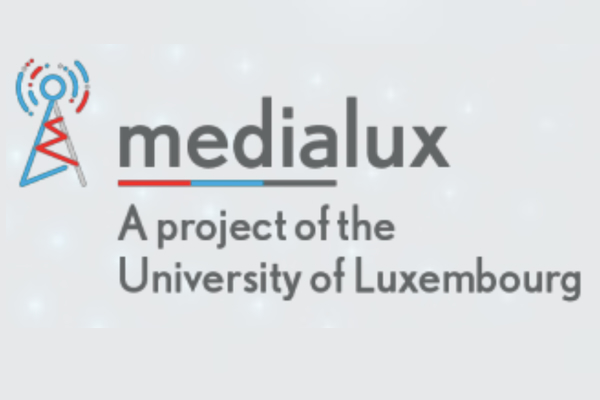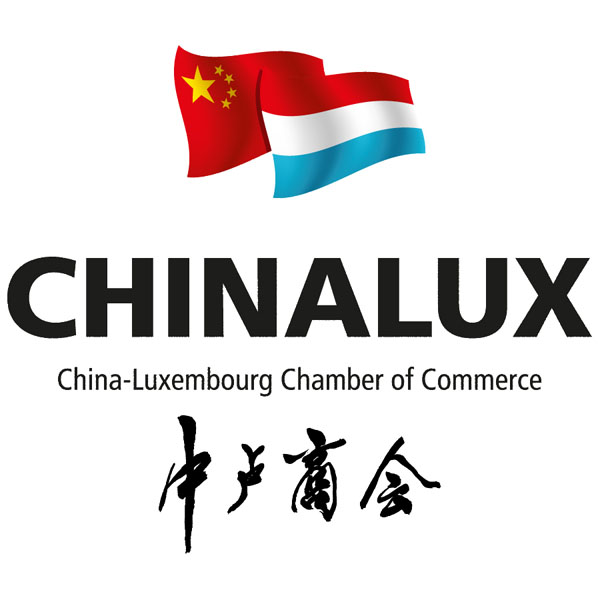
On Tuesday 25 November 2025, the Faculty of Humanities, Education and Social Sciences (FHSE) at the University of Luxembourg published the Médialux Report 2024, its annual case study which tracks changes in information practices in the Grand Duchy.
According to the university, a new report is produced every year and over time, this knowledge will constitute a valuable resource for ensuring that media policy responds to societal changes, the challenges of misinformation and disinformation and evolving user behaviour, both for policy makers and for the Luxembourg Independent Audiovisual Authority (ALIA).
The University of Luxembourg said: “The digitalisation of the media ecosystem, particularly through digital platforms and artificial intelligence (AI), keeps transforming the way people access, process and perceive information, with different effects depending on age groups.”
The report by Raphaël Kies and Stephanie Lukasik from the University of Luxembourg was produced with the support of the Department for Media, Connectivity and Digital Policy of the Ministry of State.
According to the authors, the Médialux 2024 report provides a comprehensive overview of how media consumption habits in Luxembourg are changing, drawing on demographic, technological and behavioural analyses. The study highlights substantial shifts towards digital media, alongside a continued – though declining – reliance on traditional media such as television, radio and the written press.
The report highlights that digital media continues to expand its influence across all demographic groups in Luxembourg and the increasing use of smartphones, tablets and smart devices has led to higher consumption of online news, social media content and video-on-demand platforms. Younger audiences, in particular, rely predominantly on digital channels for information, entertainment and communication.
Social networks also play a central role in the daily lives of residents, with platforms such as YouTube, Instagram, Facebook and TikTok maintaining a strong presence. The report noted that digital behaviour is driven by convenience, mobility and personalisation, with algorithms shaping much of what audiences see and read.
Despite the growth of digital alternatives, traditional media still retained a significant audience base. Television remains the most widely consumed medium in Luxembourg, although its dominance is diminishing as streaming services and video platforms gain ground.
Radio also continues to have a relatively stable audience due to its accessibility, especially during commuting hours. The written press, however, faces ongoing challenges, with print readership decreasing while digital subscriptions and online readership gradually increase.
The report emphasised that traditional media still hold a considerable trust advantage over online sources, particularly among older age groups.
According to the report, age plays a determining role in media habits, with younger residents (under 30) overwhelmingly favouring digital platforms, social media and streaming services. Adults aged 30 to 49 show a balanced mix of digital and traditional media, with high engagement in online news and video platforms. Older generations continue to prioritise television, radio and print media, although digital adoption is increasing progressively.
The authors noted that this generational divide is expected to widen as younger, digitally native cohorts age.
The report also identified rising concerns regarding misinformation, the reliability of online content and the influence of algorithms. While trust in traditional media remains comparatively high, trust in digital sources is more fragmented and younger audiences tend to rely on a broader range of sources, some of which lack editorial oversight.
The report calls for improved media literacy initiatives, particularly aimed at younger users.
The report details how Luxembourg’s multilingual environment presents both challenges and opportunities, with residents frequently accessing media from neighbouring countries, which increases choice but complicates efforts to measure and support local media.
This leads the authors to highlight the need for:
• continued investment in local news production;
• enhanced support mechanisms for public-interest journalism;
• stronger digital innovation within Luxembourg’s media companies;
• improved transparency and diversity in media offerings.
These measures are seen as essential for preserving media plurality and ensuring that domestic audiences continue to have access to reliable, high-quality information.
In conclusion, the Médialux 2024 report states that Luxembourg’s media landscape is undergoing rapid transformation. Digital platforms now dominate daily media usage, particularly among younger residents, while traditional media remain important but face structural challenges. To adapt to this evolving environment, media organisations must innovate, reinforce digital strategies and ensure content quality. Policymakers are encouraged to support media literacy, promote diversity and safeguard the resilience of Luxembourg’s media ecosystem.
The full report is available at https://www.uni.lu/fhse-en/news/access-to-information-in-the-digital-age-the-luxembourg-case-study/.








